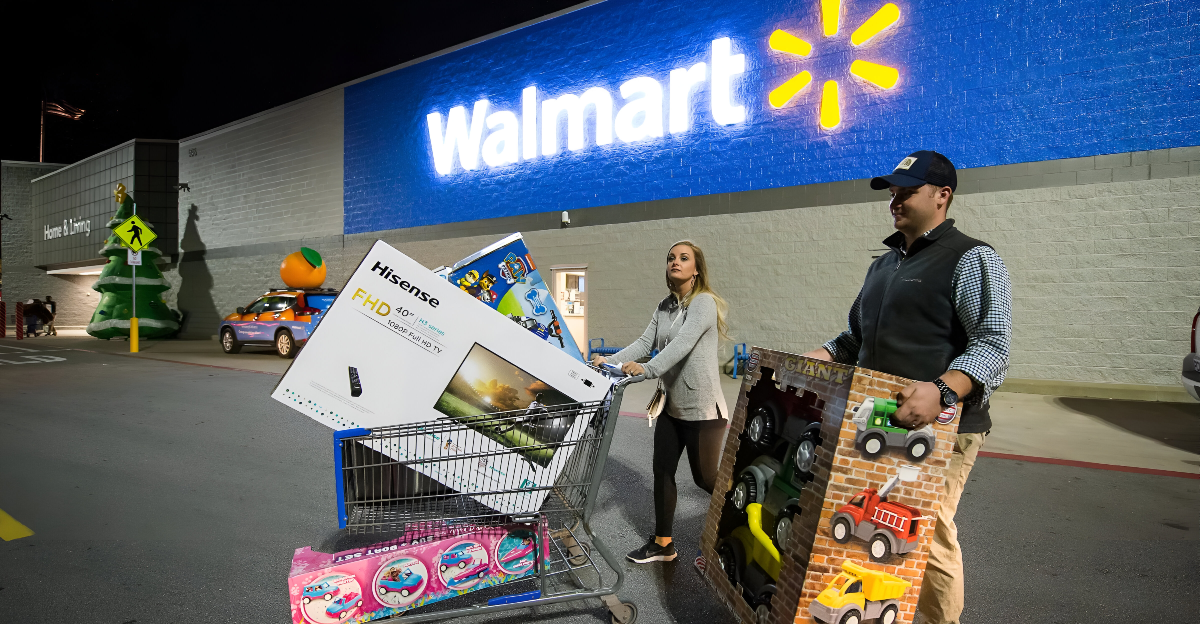
Walmart stunned the industry by plunking down $2.3 billion for Vizio – a move described as its boldest tech bet since buying Flipkart. The Dec. 3, 2024, closing gave Walmart full ownership of Vizio’s SmartCast OS (19 million+ accounts) and its free WatchFree+ streaming service, folding that audience into Walmart Connect’s ad network.
Executive Seth Dallaire hailed the match: “Vizio offers great products at great prices… Pairing it with Walmart Connect will be impactful”.
Ad Wars
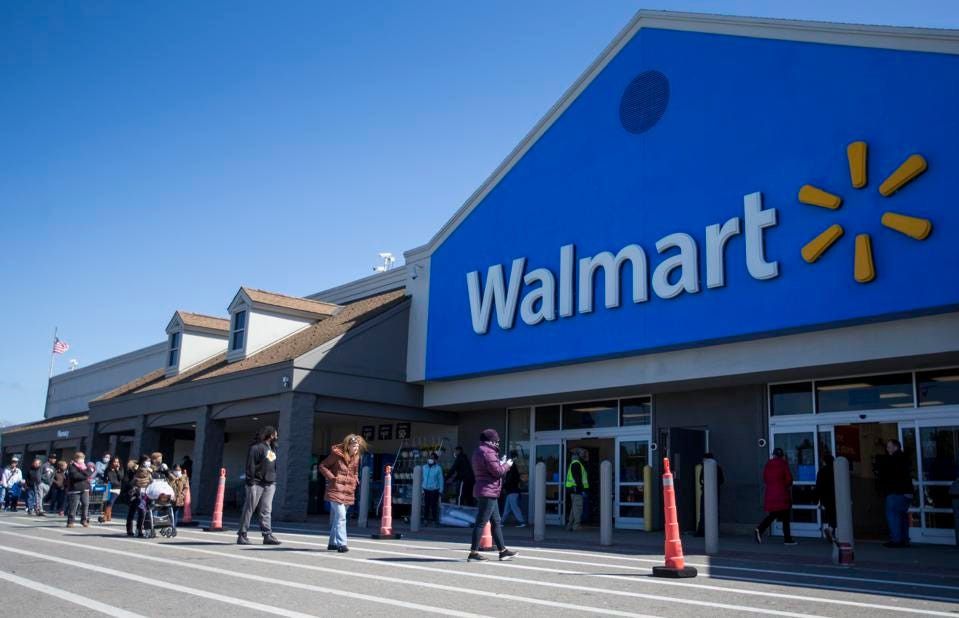
Walmart’s retail-media ambitions are huge. Last fiscal year, Walmart Connect brought in about $3.4 billion (up ~28%), but that still trails Amazon’s ~$50 billion ad machine. Vizio changes the calculus. Its Platform+ segment (ads and data) generated roughly $600 million in 2023, providing a built-in CTV ad network. Crucially, Walmart can now link Vizio’s TV-viewing data to its first-party shopper data, creating a coveted closed loop for advertisers.
As GlobalData’s Neil Saunders observes, the acquisition “takes Walmart Connect from being an advertising provider through stores and websites, to one that can penetrate consumers’ homes via television”, a direct challenge to Amazon.
Brand Rise
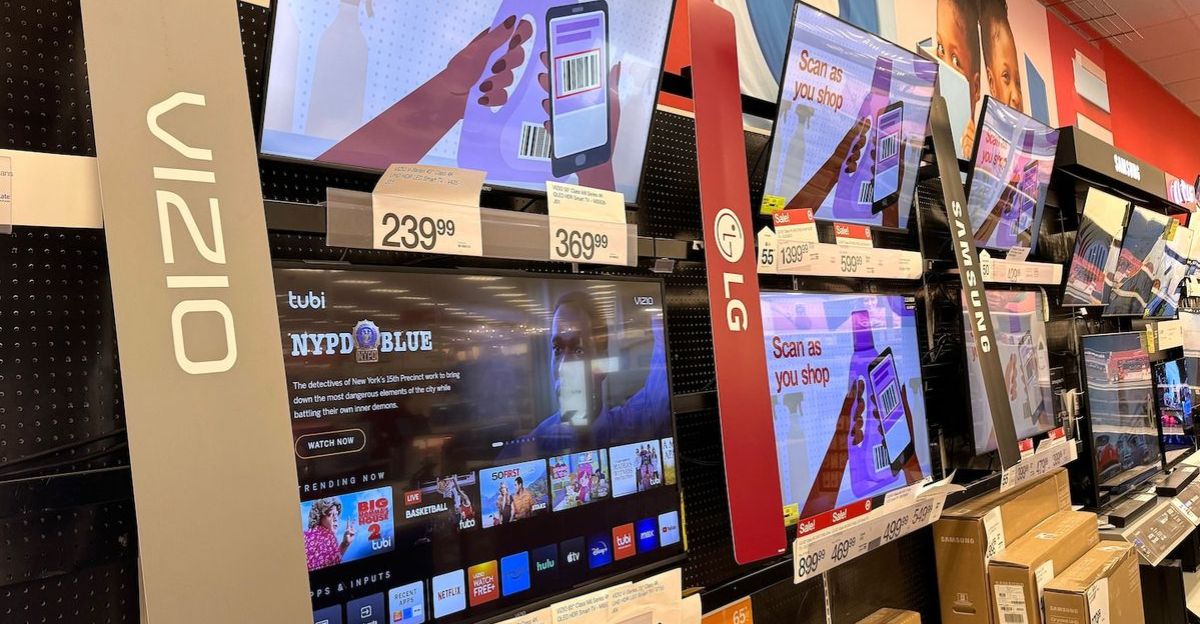
Vizio brings more than data – it’s a proven consumer brand. Founded in 2002, Vizio built a reputation for big-screen TVs at budget prices. By 2023, it held roughly 11% of the U.S. TV market (Statista), comfortably among the top three behind Samsung and LG. During the 2010s Vizio even overtook Samsung in unit sales at mass retailers through early deals with Costco and Walmart.
In other words, Walmart is acquiring a “leading brand” by any measure (≥10% market share) that already resonates with value-minded shoppers.
Regulatory Heat
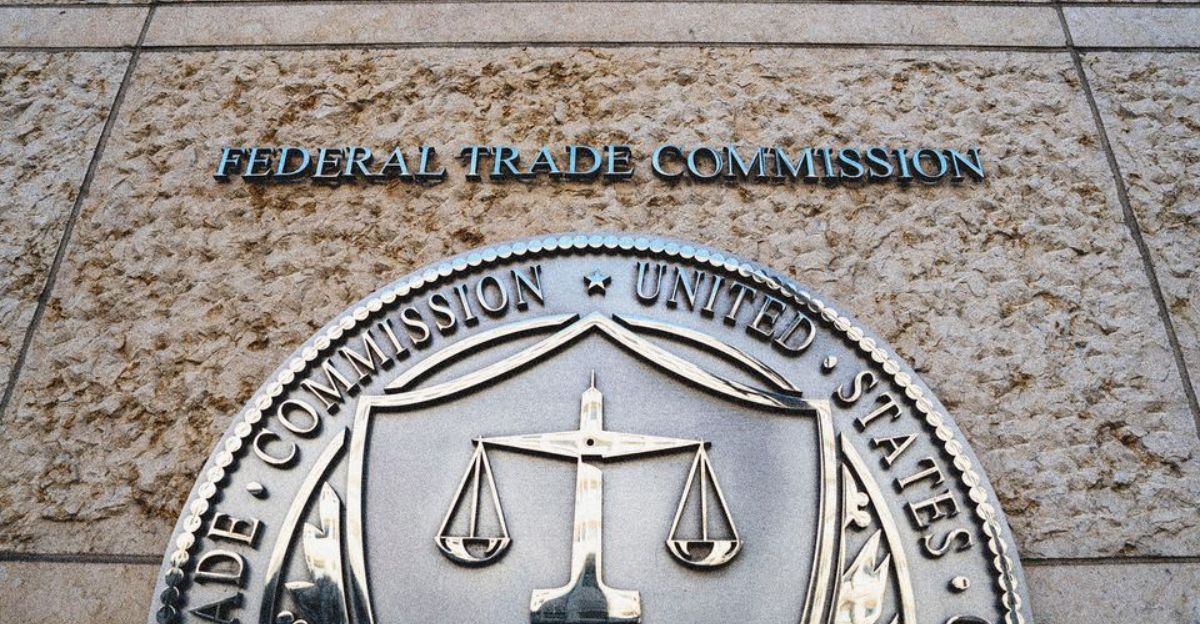
Not everyone cheered the marriage. On April 30, 2024, the Federal Trade Commission issued a formal “second request,” pausing the merger while reviewing how combining a top TV data set with the country’s largest retailer could affect competition and privacy. Walmart even withdrew and refiled its Hart-Scott-Rodino paperwork to buy time, fueling headlines and comparisons to high-profile deals like Kroger-Albertsons.
For months, investors wondered if regulators would scuttle the plan. Behind the scenes, lawyers quietly explored concessions, but executives insisted a retailer-owned TV platform posed little anti-competitive risk.
Deal Sealed

After seven months of review, the wait finally ended at 12:01 a.m. on Dec. 3, 2024. The antitrust clock ran out with no objections, and minutes later Walmart filed an 8-K confirming the merger. All Vizio shares were cashed out at $11.50 apiece (≈$2.3B total), and Vizio’s stock was promptly delisted.
Walmart’s chief growth officer Seth Dallaire celebrated the closing as a milestone – pairing Vizio with Walmart Connect “will be impactful”, he said.
Shelf Shake-Up
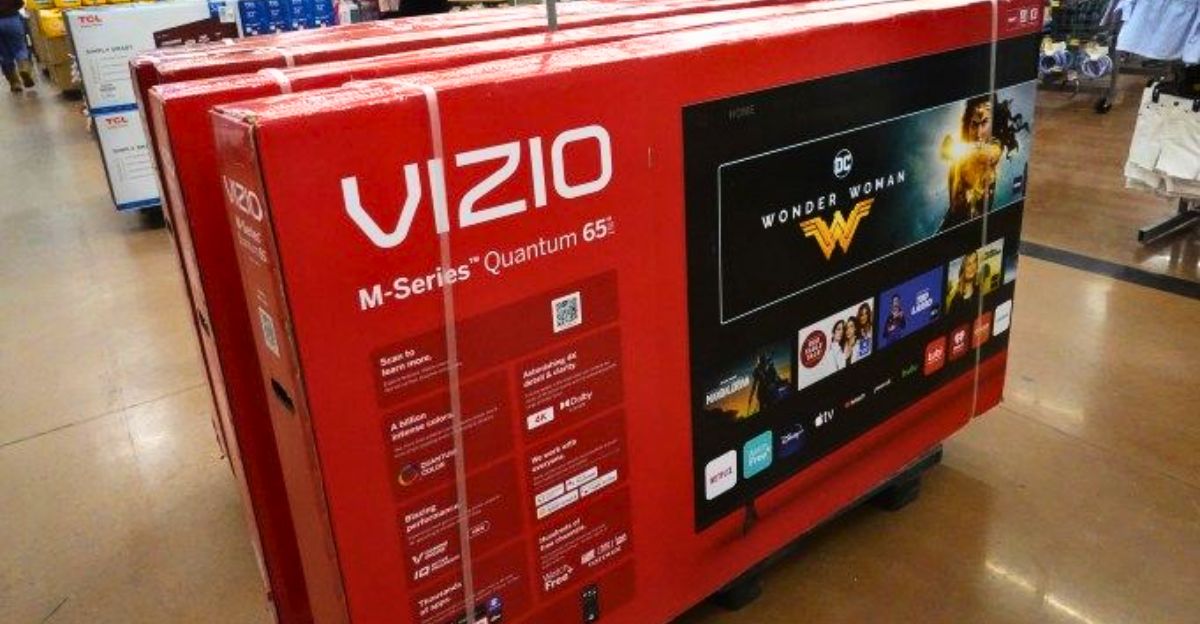
With the deal closed, the first retail tremors hit quickly. A leaked July 2025 memo reveals Walmart will turn Vizio into a Walmart/Sam’s Club private brand by year-end. That means all new Vizio TVs will be sold exclusively at Walmart and Sam’s Club – Amazon, Target and other retailers will be cut off.
Walmart already has 20 in-house brands topping $1 billion in annual sales; executives predict Vizio could join that club once it’s exclusive.
Homes & Hopes

Meanwhile, inside Vizio’s Irvine labs, engineers welcome Walmart’s deep pockets for faster product cycles. Walmart’s Seth Dallaire has been quick to tout consumer upside: he says the merger helps brands forge “meaningful connections with the millions of customers who shop with us each week”.
Vizio’s team points out that stockholders just got immediate value and that Walmart’s scale will fuel more innovation for buyers. Privacy advocates, however, are wary: they note Vizio’s automatic content-recognition data (tracking what viewers watch) will now flow to the nation’s largest retailer.
Rival Moves
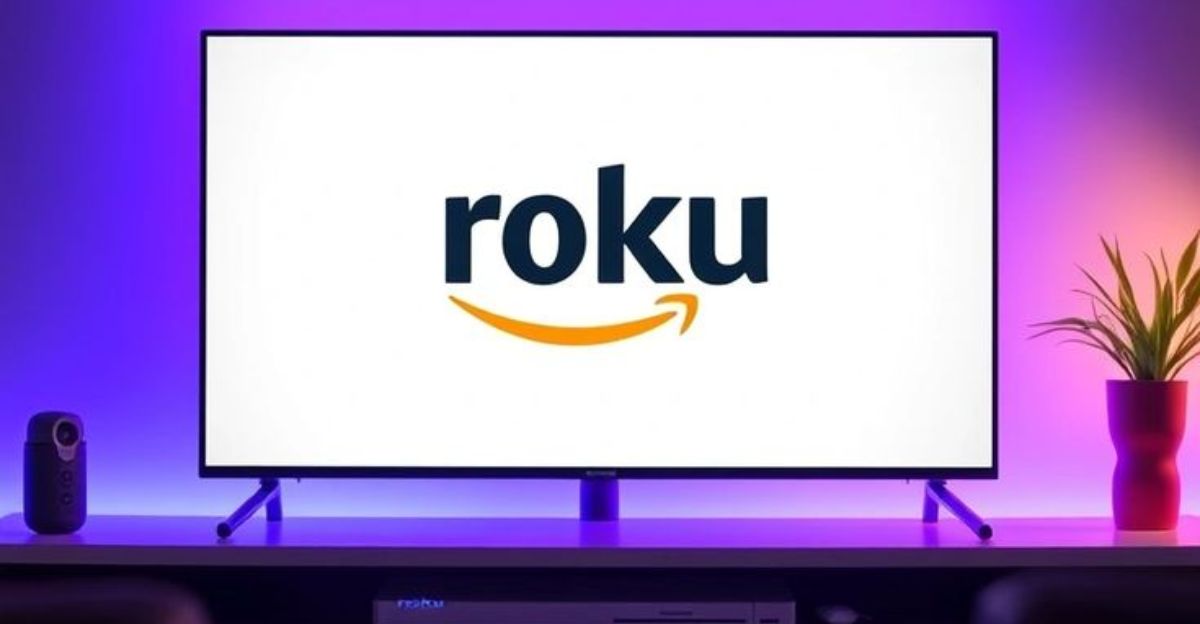
On the competitive front, everybody is hustling. Amazon has stepped up its Fire TV ad platform (even bolstering partnerships with Roku) and Target has pledged to double the size of its Roundel ad unit over five years. Media analysts note that retail-media margins can exceed 30%, so control of living-room screens has become a new battleground.
Regulators are watching too. FTC Chair Lina Khan has warned that vertical data deals will face “heightened scrutiny” under her watch.
Market Math
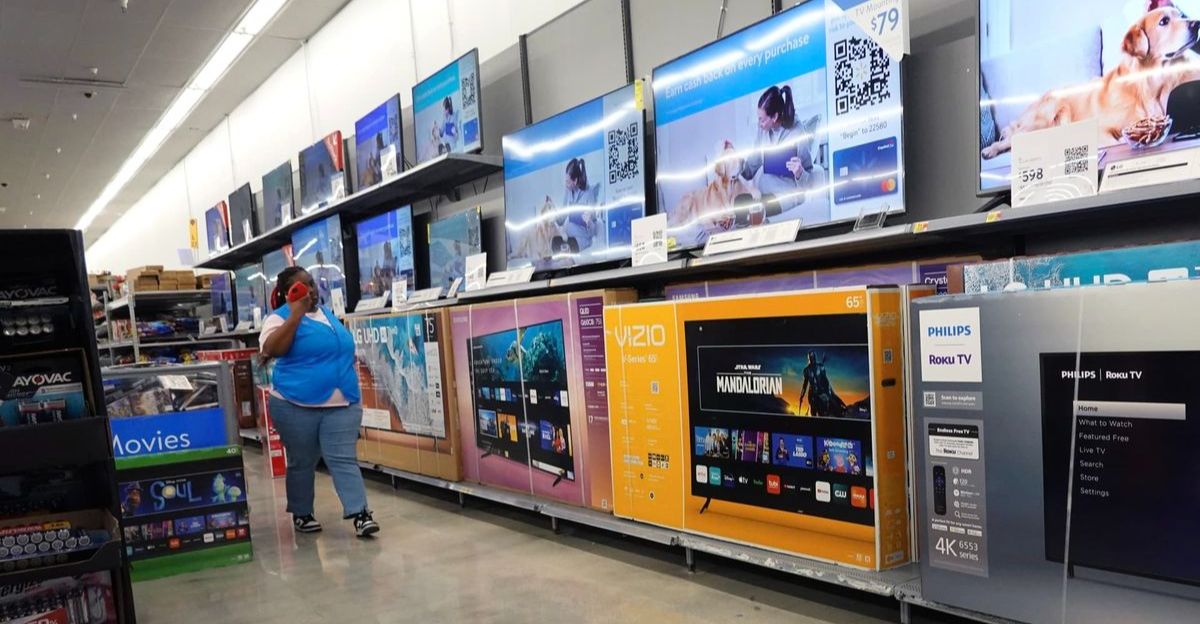
For context, connected-TV ad budgets are soaring in the U.S., on track for roughly $30 billion this year. By contrast, North American TV set revenue is flat (around $22.5 billion in 2025 with <1% unit growth) – which is why Vizio’s Platform+ division, not its TVs, yields all the profit. Samsung still leads U.S. TV hardware (~33% share), but analysts estimate a combined Walmart+Vizio lineup could hit roughly 24% by 2026.
Bottom line: the hardware is commoditized and margins are slim, but the data behind every screen is becoming priceless.
Next Screen?
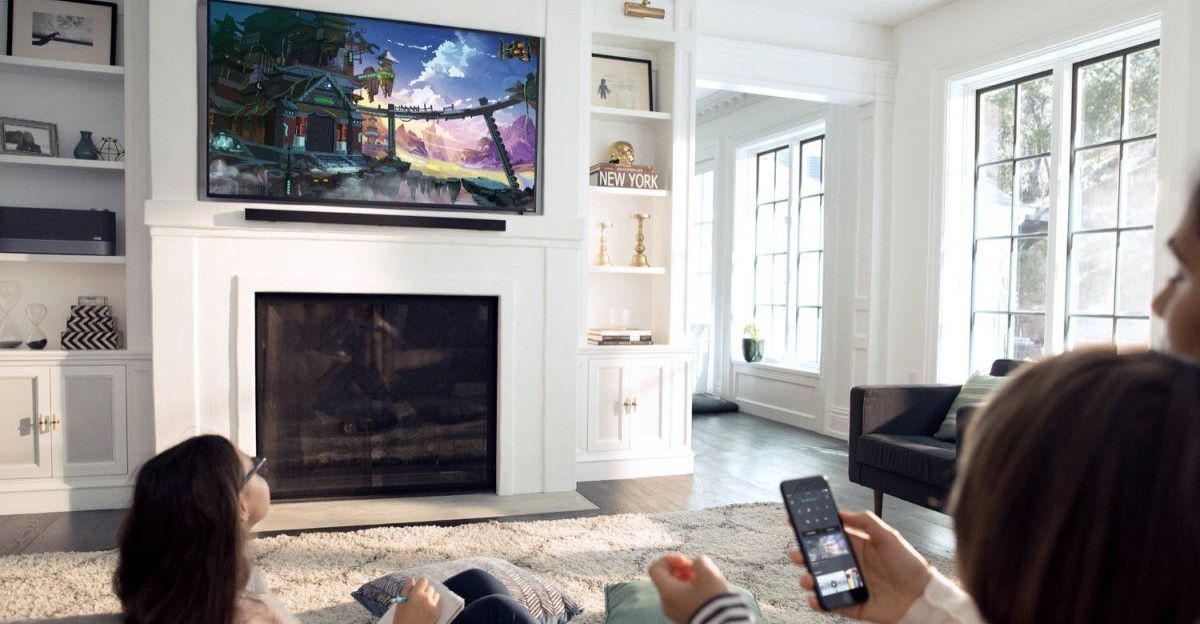
Walmart’s gambit solved one puzzle but raises many more. The company now has to merge two engineering teams, migrate millions of SmartCast TVs to a unified OS, and prove its data clean room is as sophisticated as Amazon’s. Already, Walmart is pushing forward: it unveiled a beta that lets select advertisers buy Vizio CTV inventory directly through Walmart Connect.
And Walmart execs are literally thinking outside the box: Seth Dallaire even described a future where families watching a movie could click the TV remote and “buy pizza” on the spot.
Integration Hurdles
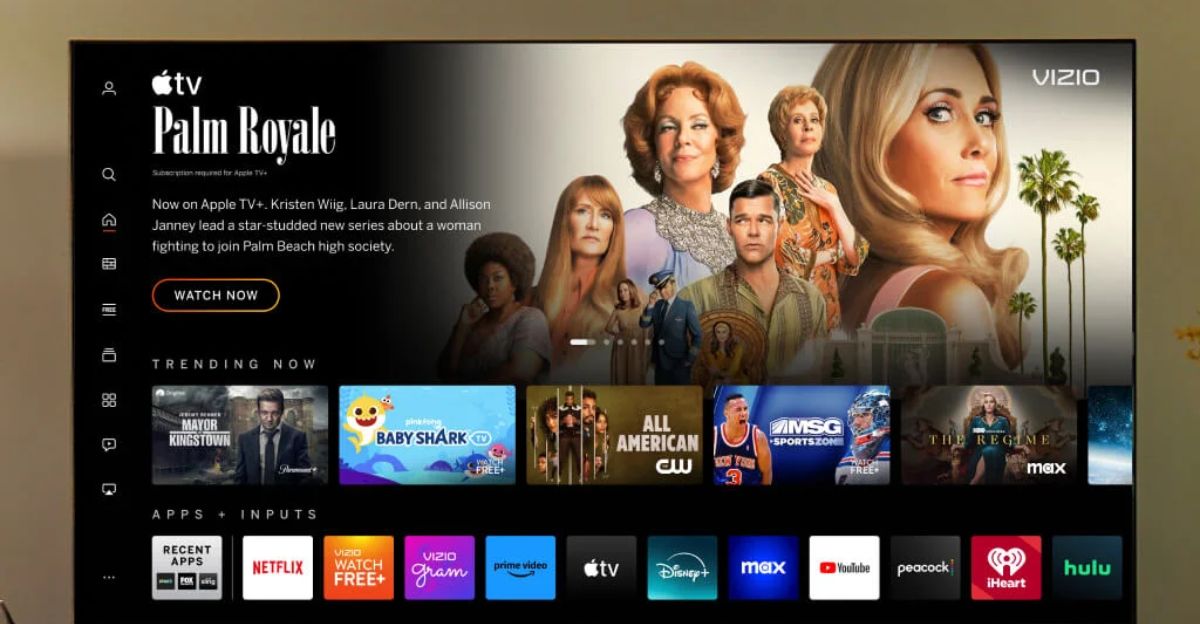
The real work now shifts to integration. Inside Walmart, two engineering organizations must unite, and Vizio’s SmartCast OS will be woven into Walmart’s platform. In fact, Walmart is already asking the Vizio team to expand SmartCast to other TV brands – a sign of how far they hope to extend the ecosystem.
It’s a major technical feat. Retail-tech consultant Mike Feldman notes that Walmart is “still getting there” – Vizio is “not fully integrated” yet – but insists the company is “making all the right steps” toward full alignment.
Consumer Verdict
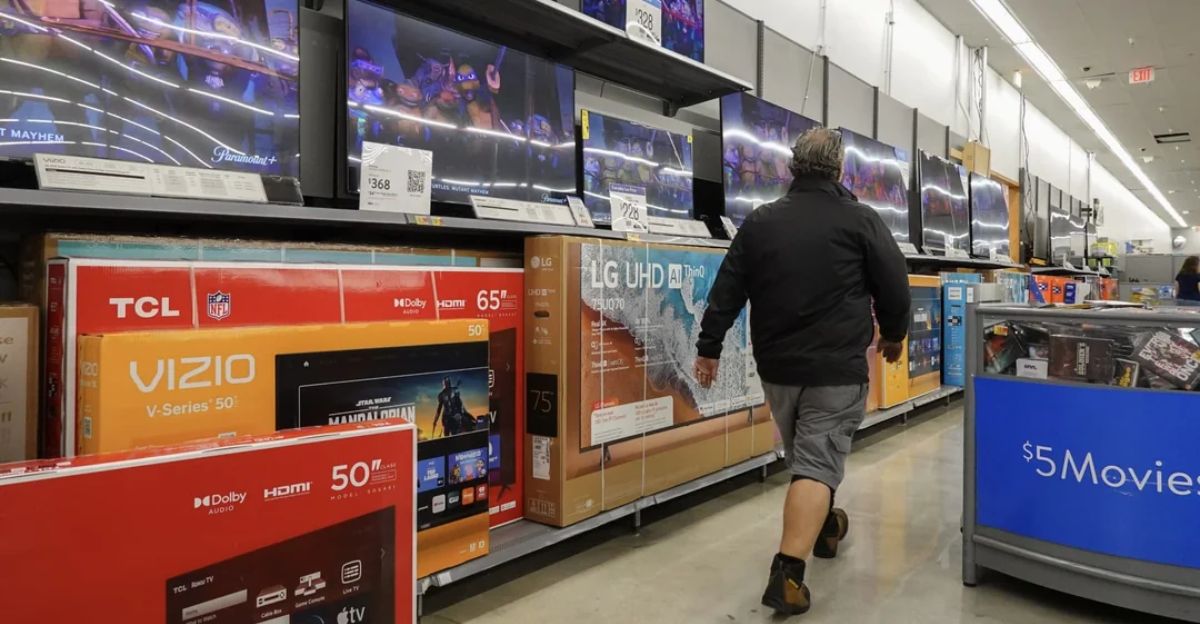
Consumers will be the ultimate judges. Walmart is already beta-testing new tools so brands can buy Vizio CTV ad slots directly through its network. In fact, executives can already picture the outcome: Dallaire described a world where a family watching TV might click the remote and instantly “buy pizza” during a show.
The idea is to blur the line between viewing and shopping. But will households embrace it? Privacy advocates and thrifty families may balk at constant ads or “one-click” impulse buys, potentially prompting new privacy safeguards. When Walmart’s rebranded Vizio models arrive on holiday shelves, consumers’ reactions – measured in sales and subscriptions – will write the final verdict.
Privacy & Policy

Meanwhile, policymakers and advocates are gearing up. Many see this deal as a test of how far targeted advertising can go. Privacy groups warn that combining living-room viewing data with purchase history raises big concerns. FTC Chair Lina Khan has signaled tougher enforcement of vertical data mergers (“I want people to be thinking about whether their deal is going to violate the law or not,” she says).
Congress, too, has floated bills on data privacy and could tighten rules on connected-TV tracking.
Media Arms Race

On the media side, the response is swift. Amazon and Netflix are turbocharging their ad-supported offerings; Discovery and Paramount are bundling streaming ads with grocery coupons; ad agencies are retooling for “TV+Retail” pitches. Many expect bundled deals – think “bundle a Walmart TV buy with in-store, e-commerce and app ads” – to become commonplace. The living room is now a strategic battleground for eyeballs.
One ad exec observes that Walmart will have to demonstrate performance: showing that a dollar spent on a TV ad leads to a store sale. In this arms race, whoever can measure consumer journeys across TV and shopping carts wins.
Looking Ahead
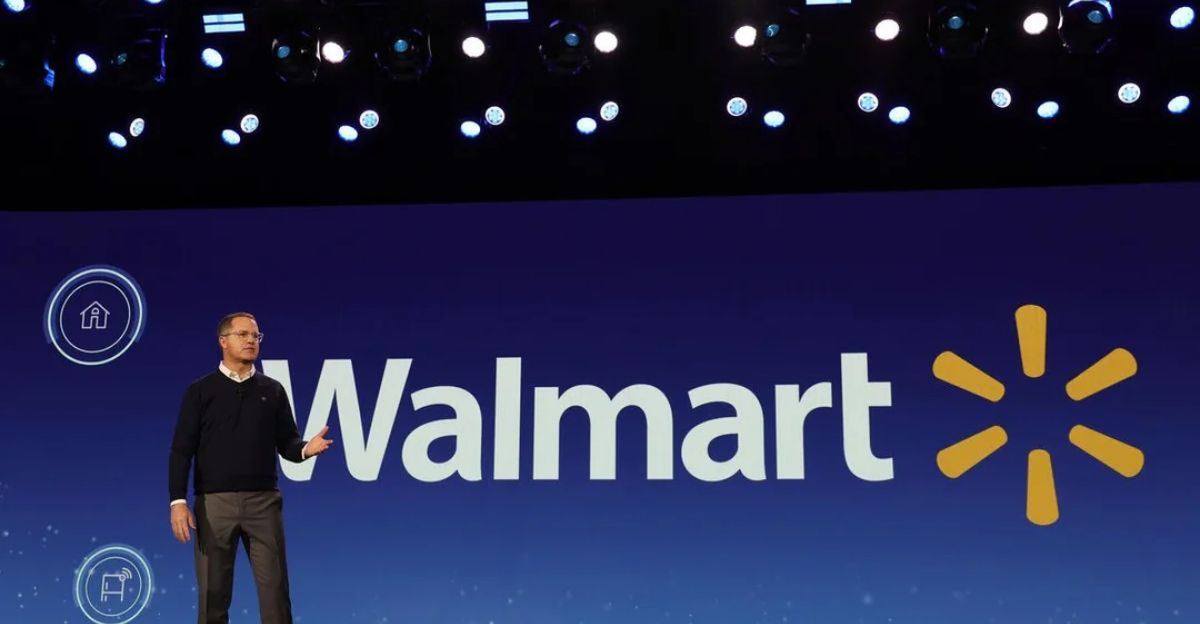
Walmart has put down a very public bet on the future. It’s already experimenting to make it real: eMarketer notes a Walmart Connect beta launching this year that lets advertisers buy Vizio CTV inventory directly. If it works, TV screens will essentially become new store aisles – watch a cooking show, click on an ingredient, and the item appears in your grocery cart. If it doesn’t, critics warn it will confirm fears of “surveillance retail.”
For now, the answers lie in the marketplace: analysts agree the “jury is out” until we see customer usage and holiday sales of the first Walmart-only Vizio TVs. The data – and buyers’ remotes – will have the final say on this big bet.
